Your Cart is Empty
Free Shipping over $150 (Excludes Oversized Products)
Free Shipping over $150 (Excludes Oversized Products)
Sanding Belts
Sanding Discs

How Much Do Bladesmiths Make?
by David Kranker 9 min read

Quick Overview
Bladesmithing is an ancient craft that blends skill, creativity, and metalwork to create unique bladed items. There are certain factors affecting a bladesmith's income, such as experience, location, market niche, and reputation. Detailed income data for 2024 highlights geographic salary variations and offers insights into challenges and future trends in the industry, emphasizing the role of technology and sustainable practices. The right knife-making kits and abrasive products can support a bladesmith's competitive edge, allowing them to charge and earn more.
While some bladesmiths create their custom knives on a casual or part-time basis, others earn a living turning metal into art. In this blog post, the team at Red Label Abrasives answers the question: How much do bladesmiths make in 2024?
With the growing interest in handmade and custom-crafted blades, understanding the financial aspect of this profession has become increasingly relevant. Whether you're an aspiring bladesmith, a seasoned professional, or simply curious about this unique career path, this post aims to provide clear, up-to-date insights into the income potential for bladesmiths in today's market.
What is Bladesmithing?
Bladesmithing is the art of crafting blades, such as knives, swords, and other cutting tools, through the process of forging metal. Historically, this craft has played a significant role in various cultures around the world. From the legendary katana of Japan to the robust swords of medieval Europe, bladesmithing has been integral to both everyday life and the unfolding of history.
In modern bladesmithing, the essence of the craft remains, but the techniques and tools have evolved. Today's bladesmiths combine traditional methods with contemporary technology. The process often starts with heating metal in a forge and then shaping it using hammers and anvils, a practice that has been used for centuries. Modern advancements, like precision tools and advanced metallurgy, allow for greater control and creativity in the process.
Bladesmiths must thoroughly understand the different metals and their properties, as each type of metal can affect the strength, flexibility, and sharpness of the blade. Skills such as tempering and quenching – heat treatments that harden the metal – are also crucial to producing a durable and effective blade. In addition, many bladesmiths are skilled in detailed work such as engraving and handle making, turning each piece into a work of art.
The popularity of handmade knives and swords has seen a significant resurgence in recent years. This renewed interest is partly due to a greater appreciation for craftsmanship and quality in a world increasingly dominated by mass-produced goods. Handmade blades are often sought after for their unique characteristics, durability, and the personal touch of the smith. This revival has not only bolstered the market for traditional blades but has also sparked a new interest in custom, artisanal creations, propelling the ancient craft of bladesmithing into the spotlight once again.
Factors Influencing a Bladesmith's Income
For people considering this craft as a career or curious about its economics, understanding the factors that determine a bladesmith's income is essential. As it turns out, several key elements play a role in determining how much a bladesmith can earn.
Experience and Skill Level
The income of a bladesmith is closely tied to their experience and skill level. Beginners in the field typically earn less as they are still learning the basics of metalworking and blade creation. As a bladesmith's skills improve and they gain more experience, their ability to create higher-quality, more intricate, and technically challenging pieces increases.
This expertise allows them to command higher prices for their work. Mastery in bladesmithing, often achieved after years of dedication, can significantly boost earnings, as collectors and enthusiasts are willing to pay premium prices for exceptional craftsmanship.
Location
A bladesmith's geographical location can influence their income. In areas where there is a higher interest in handmade knives and swords, such as regions with strong hunting cultures or historical reenactment communities, they might find a more robust market for their work. Conversely, in areas where the demand is lower, bladesmiths might find it challenging to achieve the same level of income. In addition, local economic conditions and the cost of living can also impact how much a bladesmith can charge for their creations.
Market Niche
The choice between focusing on custom pieces or engaging in mass production significantly affects a bladesmith's income. Those who specialize in creating bespoke, custom-made blades often charge higher prices due to the personalized service, unique designs, and extensive labor involved in each piece. On the other hand, bladesmiths who opt for mass production can generate income through volume sales, albeit at lower prices per item. The market niche they choose will depend on their personal preferences, skill set, and business goals.
Reputation and Branding
A strong reputation and effective branding can lead to higher earnings. Those who are well-known for their quality of work, unique style, or specialized techniques can attract a more affluent clientele. Reputation is often built over time through satisfied customers, word-of-mouth, and visibility in the bladesmithing community. A strong online presence, participation in trade shows, and positive media coverage can also enhance a bladesmith's branding, making their work more desirable and allowing them to charge higher prices.
Average Income Data for Bladesmiths in 2024
The annual income of a full-time bladesmith can range from $35,000 up to $200,000 or more for higher-end makers. Data assembled by ZipRecruiter suggests that as of January 1, 2024, the average hourly pay for a knife maker in the United States is $17.79. This figure provides a useful benchmark for understanding the income potential of bladesmiths, as knife-making is a core component of bladesmithing.
The range of hourly wages for knife makers varies, with some earning as high as $18.27 and others as low as $5.29. However, the majority of wages fall within the more narrow range of $17.79.
Interestingly, there are significant geographic variations in knife maker earnings. Some cities offer substantially higher average salaries than the national average. For instance, San Mateo, California leads with an annual salary of $46,078, which breaks down to a monthly pay of $3,839, a weekly pay of $886, and an hourly wage of $22.15. Richmond and Johnstonville, California follow closely, offering annual salaries of $45,528 and $44,999, respectively. In these top-paying cities, bladesmiths can earn significantly more than the national average, highlighting the impact of location on earning potential.
The top 10 highest-paying cities for knife maker jobs are:
- San Mateo, CA: $46,078 annually, $22.15 hourly
- Richmond, CA: $45,528 annually, $21.89 hourly
- Johnstonville, CA:$44,999 annually, $21.63 hourly
- Bellevue, WA: $44,856 annually, $21.57 hourly
- Santa Clara, CA: $43,515 annually, $20.92 hourly
- Pasadena, CA: $43,038 annually, $20.69 hourly
- San Diego, CA: $42,953 annually, $20.65 hourly
- Suitland, MD: $42,730 annually, $20.54 hourly
- Washington, DC: $42,655 annually, $20.51 hourly
- Federal Way, WA: $42,631 annually, $20.50 hourly
This data suggests that relocating to these cities could offer better financial opportunities. However, it's also important to consider the cost of living in these areas, as it may offset the higher income. The average salary variance among these top cities is relatively small (about 7%) indicating limited potential for wage advancement based on location alone. Thus, while geographic relocation can be a strategy for income increase, bladesmiths should weigh these decisions against other factors like living expenses.
If you’re thinking about getting into bladesmithing, and you’re trying to determine approximately how much you could earn, you could also look at knife prices and profit margins. Custom knives tend to sell in the range of $500-$1,000 and the profit margin on a knife is usually 30-50%, which means you’d receive roughly $200 on the sale of a $500 knife. If you’re shooting to earn $70,000 per year, you’d need to sell approximately 29 knives a month at $500 to hit your goal ((70,000 ÷ 12) ÷ 200).
Challenges in Bladesmithing as a Career
While bladesmithing can be a rewarding career, it comes with its own set of challenges. Understanding these obstacles is important for anyone considering entering this field or for those trying to navigate the current market.
Material Costs
One of the primary challenges faced by bladesmiths is the cost of materials. High-quality steel, essential for creating durable and effective blades, can be expensive. Additionally, the costs of other materials used in the crafting process, such as abrasives for shaping and finishing, wood for handles, leather for sheaths, and various metals for decorative elements, can add up. These expenses can be particularly burdensome for new bladesmiths who are still establishing their business and client base.
Market Competition
The bladesmithing market can be highly competitive. With the resurgence of interest in handcrafted knives and swords, more artisans are entering the field. This increased competition can make it challenging for individual bladesmiths to stand out and attract customers. Bladesmiths must not only be skilled craftsmen but also effective marketers of their work to succeed in this competitive environment.
Impact of Digital Marketing
The rise of digital marketing and online sales platforms has impacted the bladesmithing profession. On one hand, these tools offer bladesmiths unprecedented access to a global market. Artisans can showcase their work on social media, sell through online marketplaces, and reach customers far beyond their local area. However, this also means that bladesmiths need to develop digital marketing skills or incur additional costs to hire professionals to manage these aspects of their business.
Online Sales Platforms
While online platforms can expand a bladesmith's market reach, they also come with challenges. For example, selling through third-party platforms can mean competing with a large number of other sellers, potentially driving down prices. Additionally, these platforms often take a percentage of sales as a fee, impacting the bladesmith's profits. Bladesmiths need to balance the benefits of these platforms' wide reach with the costs and competition they bring.
Bladesmithing as a career involves navigating various challenges, including managing material costs, facing market competition, and leveraging digital marketing and online sales platforms effectively. Success in this field requires not only craftsmanship skills but also business acumen and adaptability to the changing market dynamics.
Future Outlook for Bladesmithing
Considering current trends and the potential impact of evolving technologies, bladesmithing as a career looks promising. Understanding these dynamics is key for those in the field to adapt and thrive in the coming years.
Continued Interest in Handcrafted Items
There is a growing appreciation for handcrafted items, including knives and swords. This trend is likely to continue as consumers increasingly value unique, high-quality products over mass-produced items. This shift in consumer preferences presents a positive outlook for bladesmiths, as there will be sustained demand for their artisanal creations.
Impact of Technology
Technology is set to play a significant role in the evolution of bladesmithing. Advanced tools and machinery can improve precision and efficiency in the crafting process, enabling bladesmiths to produce higher-quality work in less time. Digital tools for design, such as 3D modeling software, can also enhance creativity, allowing for more intricate and innovative designs.
Moreover, the internet and social media continue to be powerful platforms for marketing and selling products. An effective online presence can help bladesmiths reach a broader audience and increase sales. E-commerce and social media platforms can also facilitate direct engagement with customers, which is vital for building a brand and reputation.
Ideas for Increasing Income
To increase income, bladesmiths can explore various strategies. Developing a niche market, such as specializing in certain types of blades or styles, can distinguish a bladesmith's work from others. Offering custom design services can also attract customers willing to pay a premium for personalized items.
Teaching bladesmithing workshops or creating online tutorials can provide additional revenue streams. Sharing expertise not only generates income but also helps in building a brand and establishing oneself as an authority in the field. Collaborating with other artisans, such as leatherworkers or engravers, to create unique, multi-medium pieces can also open up new markets and customer bases.
Sustainability in Materials and Practices
As environmental concerns become more prominent, adopting sustainable practices and materials could become a selling point for environmentally conscious consumers. Using recycled metals or sustainably sourced materials can not only reduce costs but also appeal to a market segment that values eco-friendly products.
Adapting to Market Changes
Bladesmiths should remain adaptable to changes in the market. This includes staying informed about consumer trends, technological advancements, and changes in the global economy that could impact the demand for handcrafted blades.
In conclusion, the future outlook for bladesmithing is positive, with sustained interest in handcrafted items and opportunities brought by technological advancements. Bladesmiths who are adaptable, embrace new technologies, and explore diverse income strategies are likely to find success and growth in this time-honored craft.
Improve Your Blade Quality With Industrial-Grade Abrasives
The blend of skill, creativity, and mastery of metalwork that defines bladesmithing continues to capture the imagination of both creators and collectors. Despite the challenges like material costs, market competition, and the need to adapt to digital marketing landscapes, the future outlook is promising.
The ongoing interest in handcrafted items, coupled with the advancements in technology, opens up new avenues for bladesmiths to showcase and sell their work. The potential to increase income through various strategies, including niche marketing, online sales, and collaborative projects, highlights the dynamic nature of this field.
At Red Label Abrasives, we sell knife-making kits and various abrasive products that can give bladesmiths a competitive edge. Whether refining your craft or starting out, having the right tools and materials can make a huge difference in the quality of your work and your efficiency in the workshop. Our team of abrasive technicians can help you find the right abrasives to meet your needs. You can speak to an abrasive technician by calling 844-824-1956 or filling out our contact form.
Our Knife Making Kits
ABOUT THE AUTHOR
David Kranker is a writer and creative maker who has been covering the abrasive and knife-making industries on the Red Label Abrasives Blog since 2020. David spends his time continually researching sanding and bladesmithing to provide readers with the latest and greatest information. In his free time, David utilizes abrasives for many different home and auto projects at his home in Delton, MI.
Belt Packs Made For Knife Makers
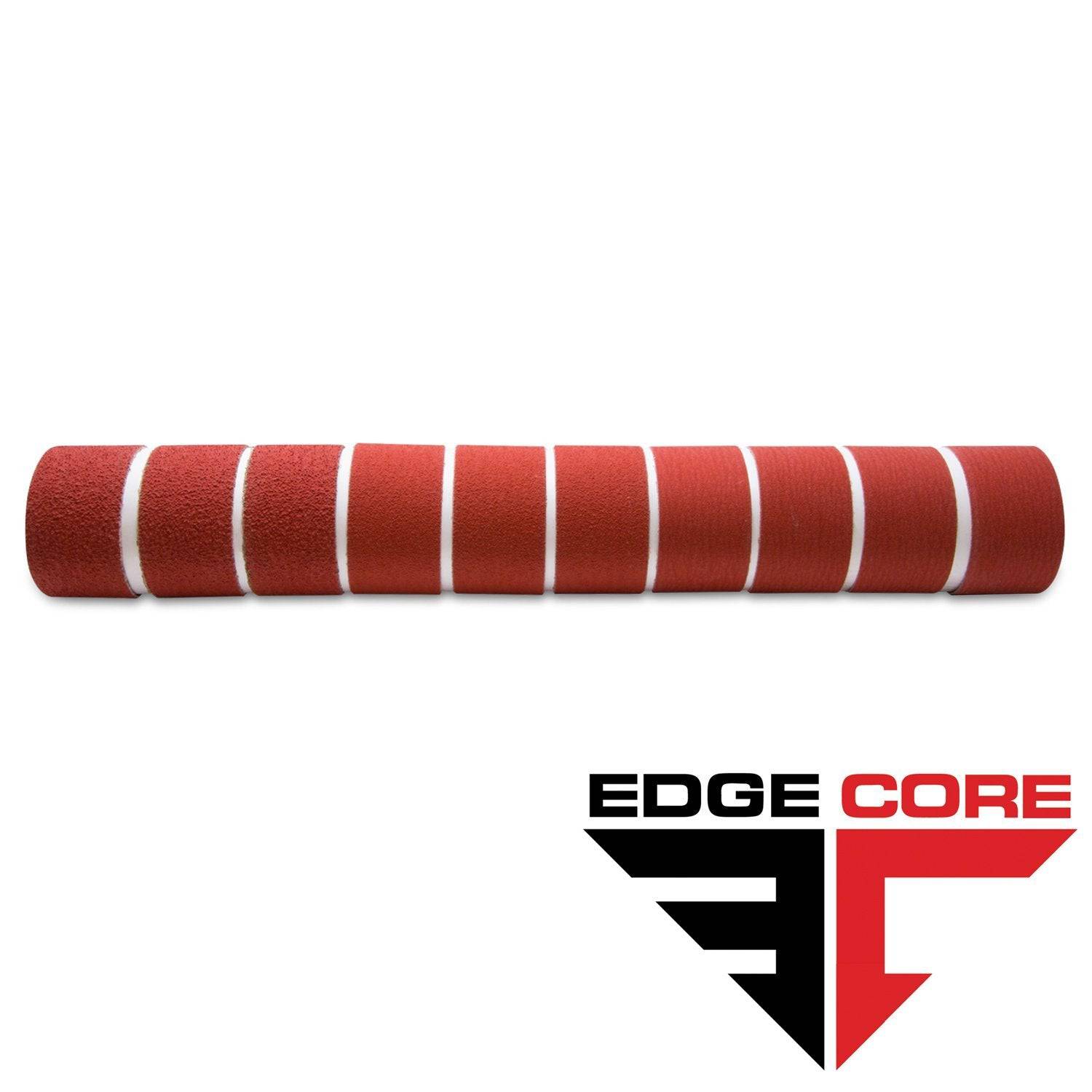
2 X 72 Inch Knife Makers Sanding Belts Assortment
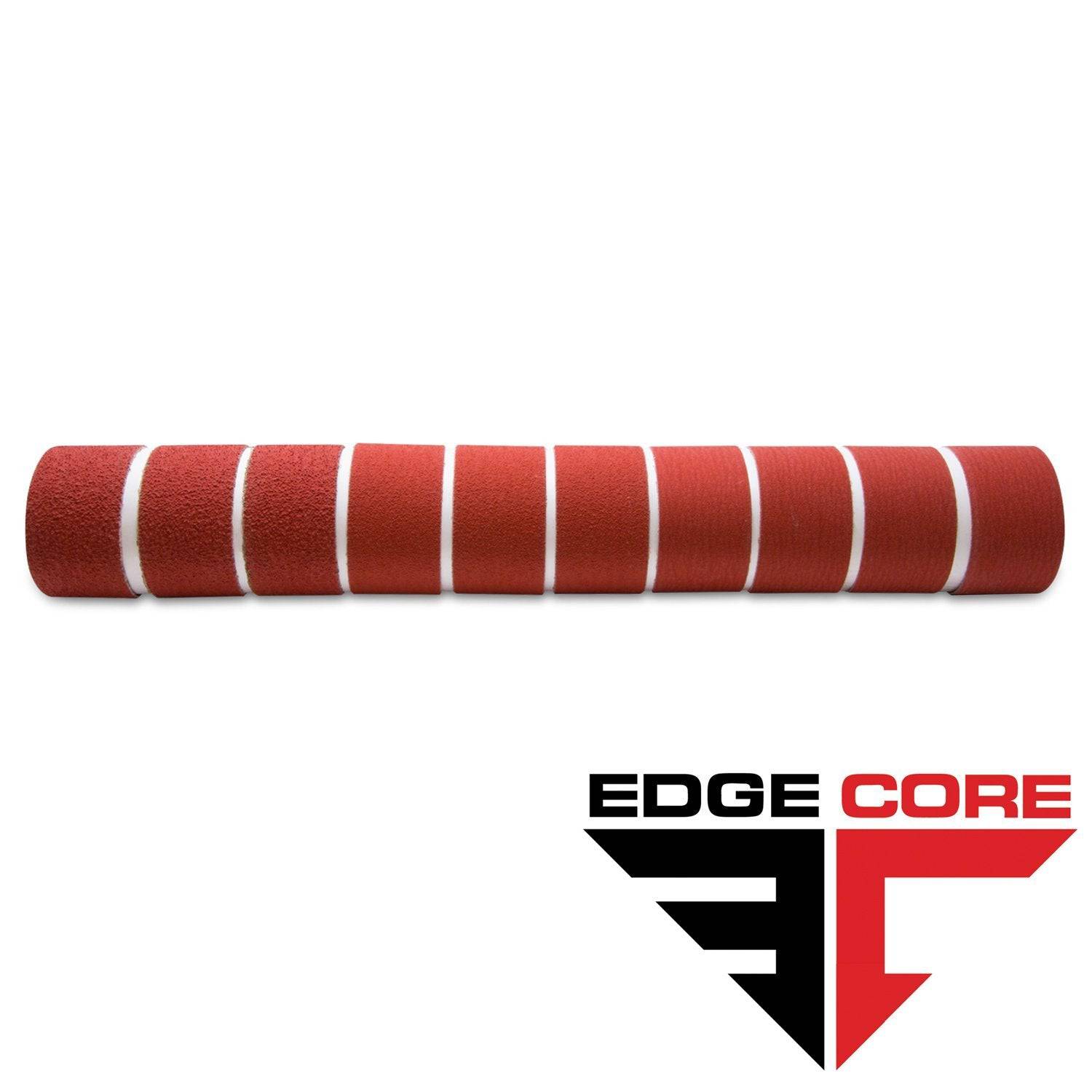
2 X 60 Inch Knife Makers Sanding Belts Assortment
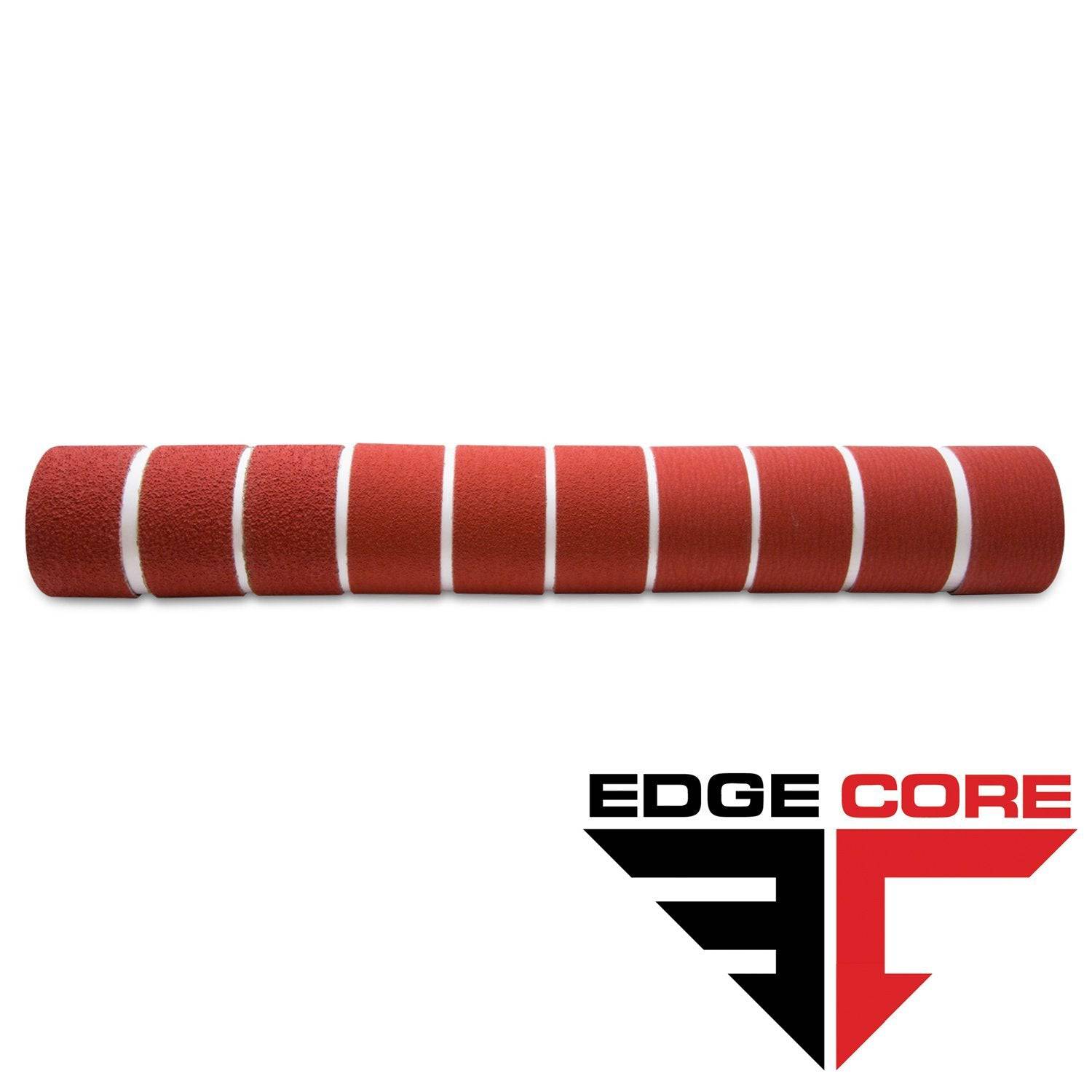
2 X 48 Inch Knife Makers Sanding Belts Assortment
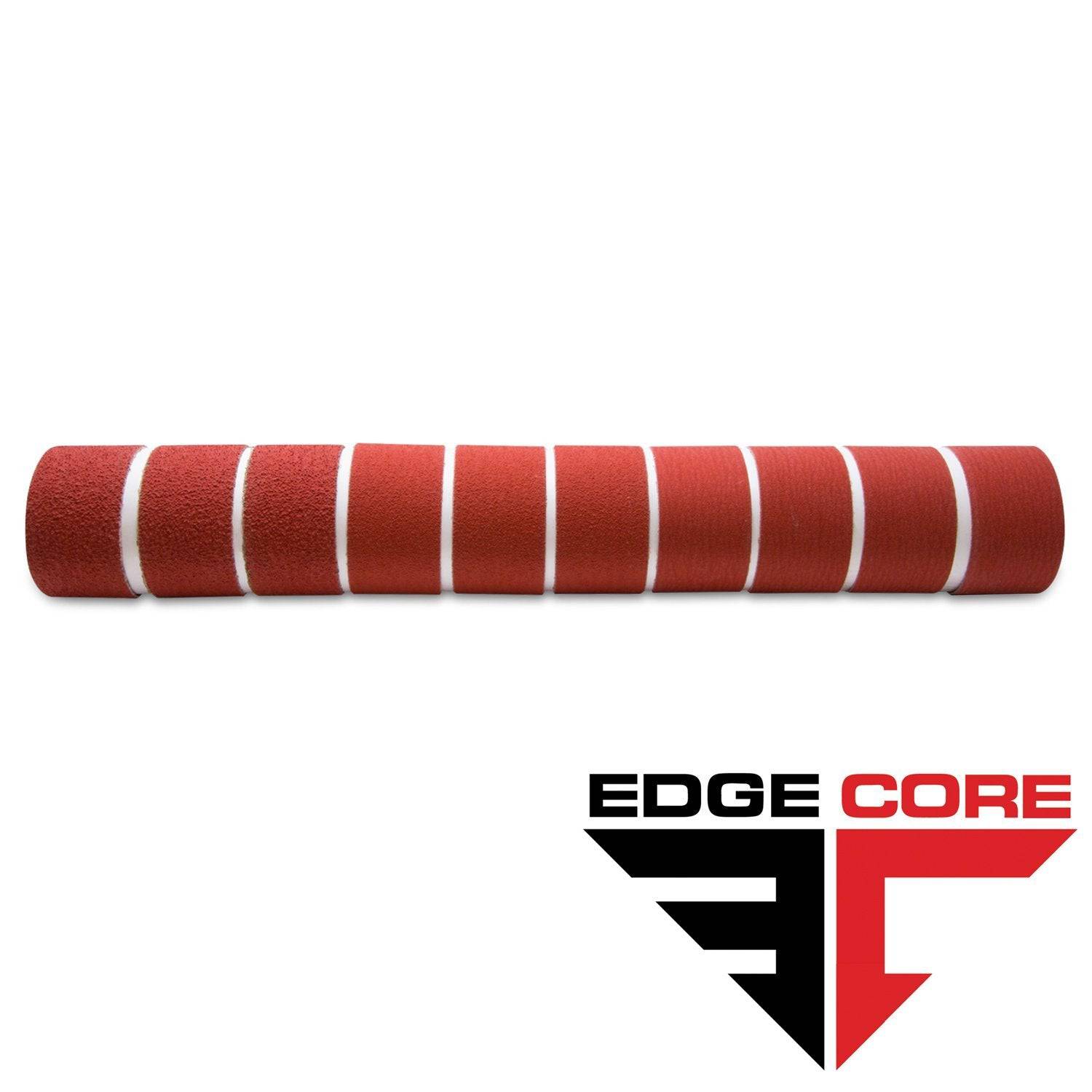
2 X 36 Inch Knife Makers Sanding Belt Assortment
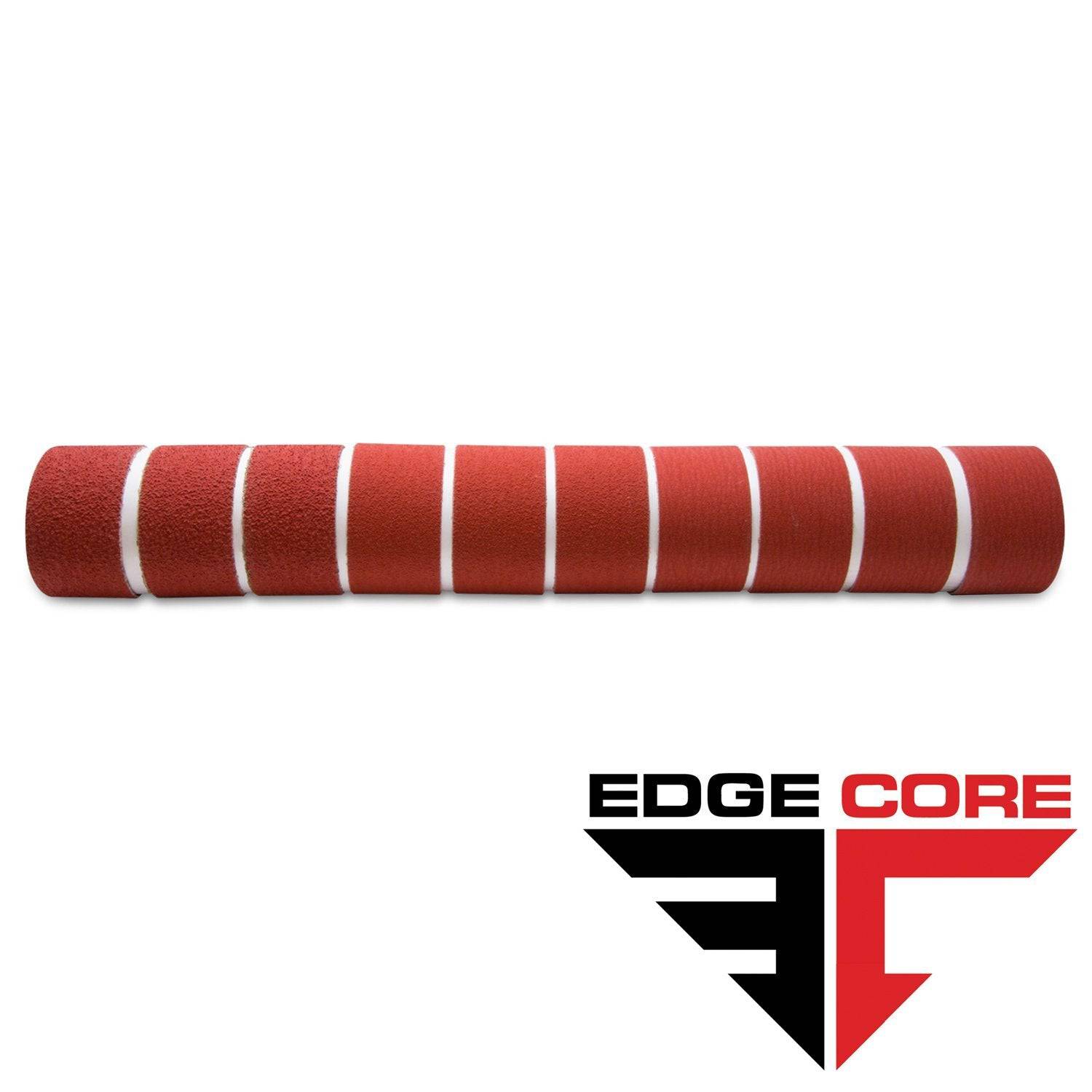
2 X 42 Inch Knife Makers Sanding Belts Assortment
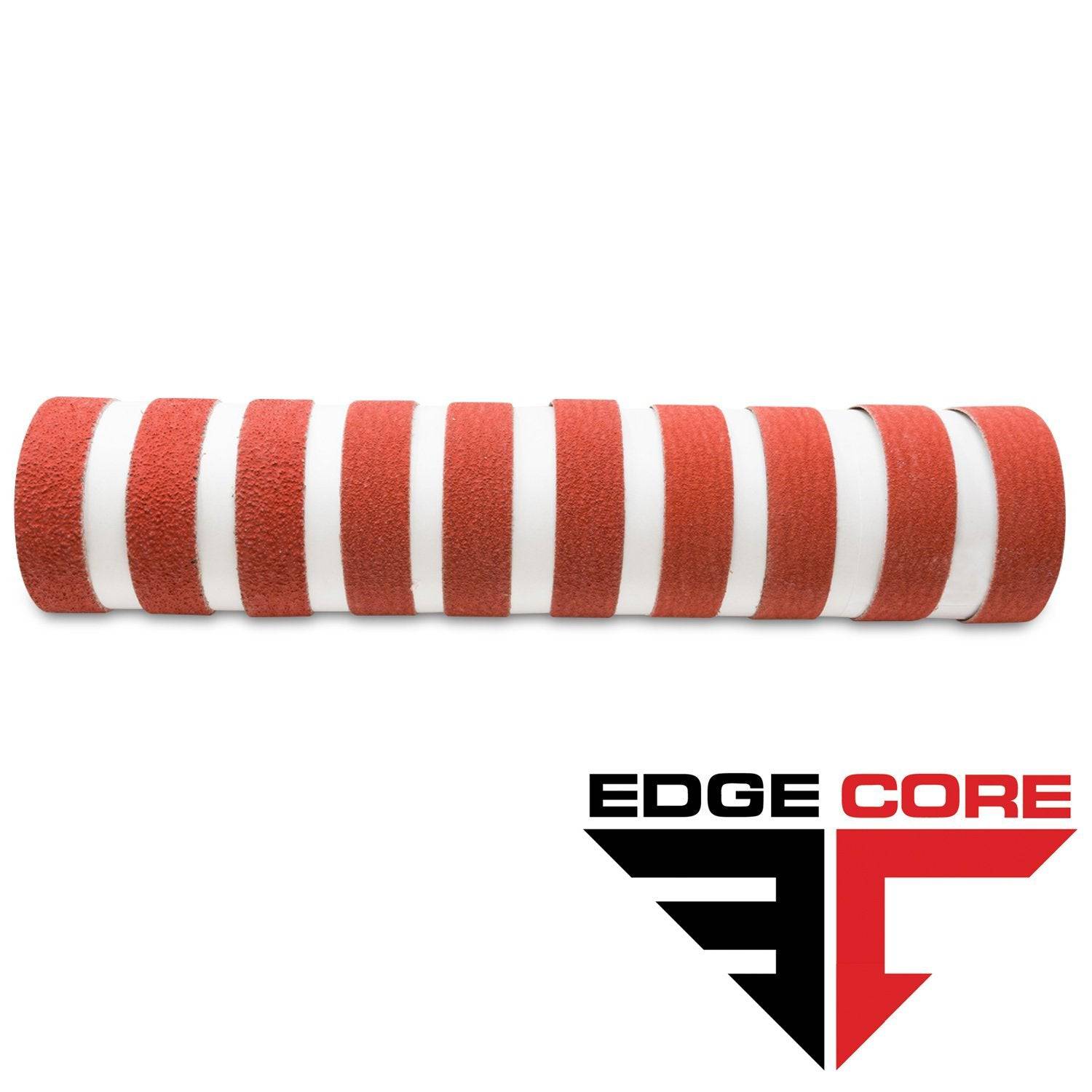
1 X 30 Inch Knife Makers Sanding Belts Assortment
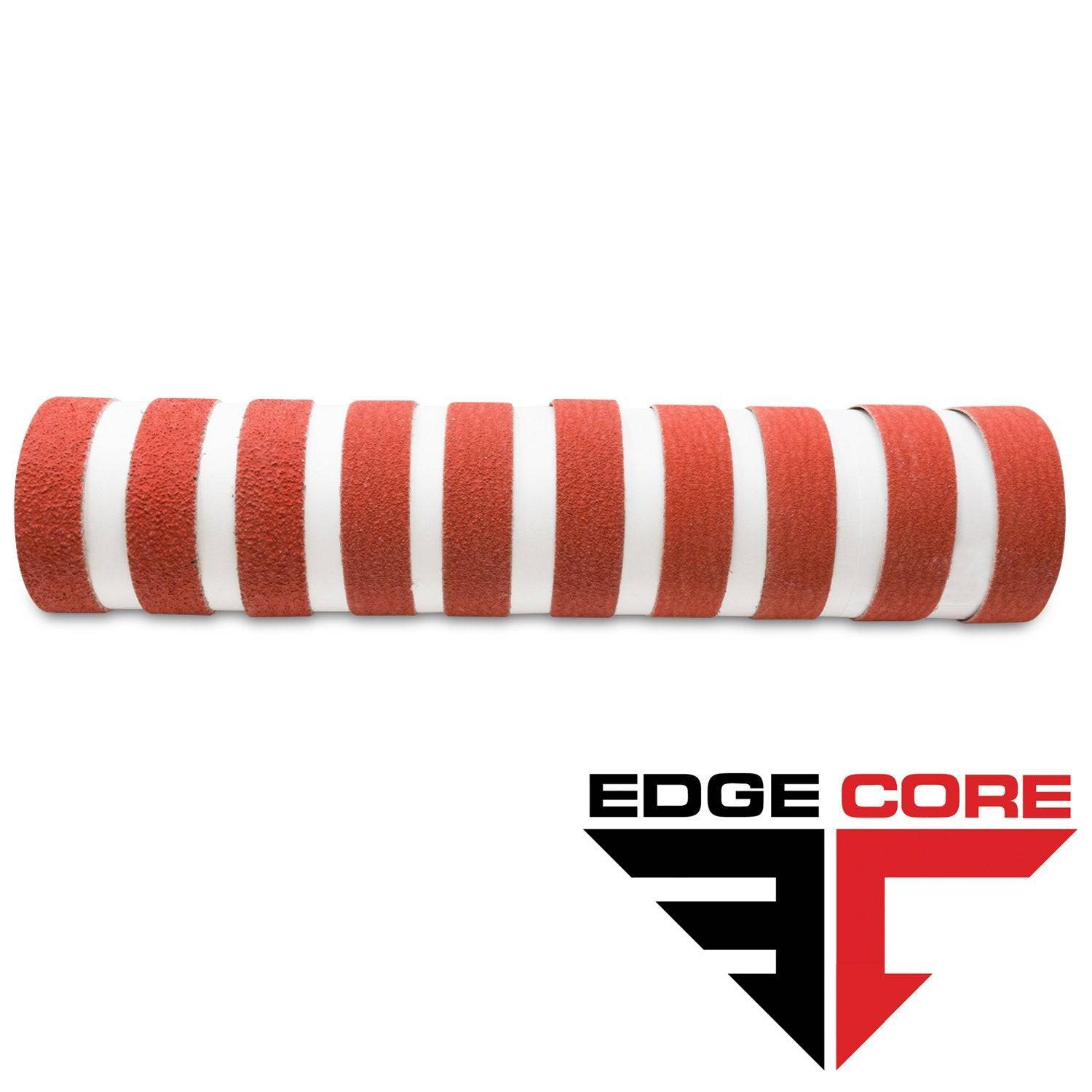
1 x 42 Inch Knife Makers Sanding Belt Assortment
Shop By Product Category





Why Choose Red Label?













